If you were a movie star in the market for a mansion in 1930s Los Angeles, there was a good chance you might call on Wallace Neff.
Neff wasn’t just an architect–he was a starchitect. One of his most famous projects was the renovation of Pickfair, the estate owned by the iconic silent film actress Mary Pickford, and her husband Douglas Fairbanks. When the couple moved into Pickfar, the house sat on a nameless street in an empty neighborhood called Beverly Hills. If you were lucky enough to be invited to dinner at Pickfair you might find yourself seated next to Babe Ruth, the King of Spain or Albert Einstein. Life magazine called Pickfair “only slightly less important than the white house, and much more fun.” Neff designed estates for Charlie Chaplin, Judy Garland and Groucho Marx. His Libby Ranch is now owned by Reese Witherspoon.
But at the end of his life, Wallace Neff lived in a 1,000 square foot concrete bubble. And Neff believed that this simple dome was his greatest architectural achievements.
![02_Neff_ch2_006[1B]](http://99percentinvisible.org/wp-content/uploads/2013/09/02_Neff_ch2_0061B.jpg)
(Wallace Neff at an airform construction site. Credit: Huntington Library. Courtesy of Jeffrey Head.)
Near the end of World War II, architects were anticipating the post-war housing shortage. Neff wanted to create a solution that would not only meet this demand, but address the need for housing worldwide.
The idea came to Neff one morning when he was shaving. He looked down and noticed a soap bubble that had formed on the sink. He reached out and touched it. The bubble held firm against his fingertip. That was the moment the idea struck him. He could build with air. He could make bubble.
And Neff wanted to build them by the thousands.
![03_Neff_ch3_001[2B]](http://99percentinvisible.org/wp-content/uploads/2013/09/03_Neff_ch3_0012B.jpg)
(One of Neff’s patent drawings for a double-bubble house. Credit: Huntington Library. Courtesy of Jeffrey Head.)
Neff never intended to make money from the bubble houses. Having already made his fortune as an architect for the rich and famous (and his grandfather was Andrew McNally, founder of Rand McNally publishing), Neff say these bubble houses as a way of fulfilling a social responsibility. He wanted to engineer a new way to provide low-cost housing.
For the record, dome-shaped living structures was not a new idea. The indigenous Acjachemon of Southern California had wickiups, the Ojibwe had wigwams, and the Inuit had (and still have) igloos. And even during Neff’s lifetime, Buckminster Fuller was creating his own circular solution to the housing shortage: The Geodesic Dome. (See Episode #64). But Neff’s design was something completely different.
The process was called “airform.” First, a big slab of concrete was poured in the shape of a giant coin.
![06_Neff_ch6_006[1B]](http://99percentinvisible.org/wp-content/uploads/2013/09/06_Neff_ch6_0061B.jpg)
(Credit: Huntington Library. Courtesy of Jeffrey Head.)
Next, they inflated a giant balloon in the shape of a grapefruit, with the flat side down. This balloon was tied down to the foundation using steel hooks.
![06_Neff_ch6_009[1B]](http://99percentinvisible.org/wp-content/uploads/2013/09/06_Neff_ch6_0091B.jpg)
(Credit: Huntington Library. Courtesy of Jeffrey Head.)
After the balloon was inflated it was coated in a fine powder. And then it was cover with a magical substance called gunite–the product of water and dry cement mix combined at a high pressure and shot out of a gun.
![11_Neff_ch11_008[3A]](http://99percentinvisible.org/wp-content/uploads/2013/09/11_Neff_ch11_0083A.jpg)
(Credit: Huntington Library. Courtesy of Jeffrey Head.)
Two men with a balloon and a gunite machine could turn a bare patch of soil into a bubble house in less than 48 hours. And after the gunite dried the balloon was deflated and pulled out through the front door so it could be used again on the next house.
When the gunite dried it was more than twice as strong as regular concrete. Wallace Neff was so confident in his design that he would invite people to bash the walls of the bubble with the back side of an axe. The axe would just bounce off.
![02_Neff_ch2_003[1B]](http://99percentinvisible.org/wp-content/uploads/2013/09/02_Neff_ch2_0031B.jpg)
(Courtesy of Steve Roden and Jeffrey Head.)
![02_Neff_ch2_004[1B]](http://99percentinvisible.org/wp-content/uploads/2013/09/02_Neff_ch2_0041B.jpg)
(Courtesy of Steve Roden and Jeffrey Head.)
In October of 1941, Neff began construction on a community of twelve bubble houses in Falls Church, Virginia. The project was paid for by the federal government, and was used to house government workers. The neighborhood would eventually take on the nickname Igloo Village.
![06_Neff_ch6_002[1A]](http://99percentinvisible.org/wp-content/uploads/2013/09/06_Neff_ch6_0021A.jpg)
(Credit: Wallace Neff. Courtesy of Jeffrey Head.)
Life in a bubble house could be problematic. Their round rooms were difficult to furnish, and the concave walls were not conducive to hanging pictures.
![08_Neff_ch8_011[2A]](http://99percentinvisible.org/wp-content/uploads/2013/09/08_Neff_ch8_0112A.jpg)
(Credit: Huntington Library, Maynard Parker Collection.)
![11_Neff_ch11_013[1A]](http://99percentinvisible.org/wp-content/uploads/2013/09/11_Neff_ch11_0131A.jpg)
(Courtesy of Steve Roden and Jeffrey Head.)
Igloo Village was in the middle of the woods, cut off from the rest of the town. And because it was so damp, mold would appear inside the house. And to make matters worse, kids from neighboring towns would drive into their community to ogle these weird buildings. There were no streetlights in Igloo Village, which served to make the headlights of the intruding cars all the more ominous and penetrating.
Wallace Neff was able to land a few more clients for his bubble houses. The Southwest Cotton Company hired him to build a desert colony of bubble houses in Litchfield Park, Arizona. Loyola University in Los Angeles contracted Neff to build a bubble house dormitory. And in 1944, the Pacific Linen Supply Company commissioned a bubble structure 100 feet in diameter and 32 feet high–the largest ever built.
Eventually everyone moved out of their bubbles. With the exception of a bubble in Pasadena that Neff himself lived in, every one of Neff’s bubbles in the United States have been demolished.
But if there was one good thing about the bubble houses, it’s that they are incredibly cheap and easy to build–qualities attractive to much of the developing world. There have been, or still are, bubble houses in Pakistan, Egypt, Liberia, India, Jordan, Turkey, Kuwait, South Africa, The Virgin Islands, Nicauruga, Venezuala, Cuba, and Brazil.
The biggest collection of bubble houses–a community of 1,200–was built in Dakar, Senegal.
![15_Neff_ch15_003[1A]](http://99percentinvisible.org/wp-content/uploads/2013/09/15_Neff_ch15_0031A.jpg)
(Credit: Huntington Library. Courtesy of Jeffrey Head.)
![15_Neff_ch15_008[2A]](http://99percentinvisible.org/wp-content/uploads/2013/09/15_Neff_ch15_0082A.jpg)
(Credit: Wallace Neff. Courtesy of Jeffrey Head.)
Many of these bubbles are still around today.
![15_Neff_ch15_017[1B]](http://99percentinvisible.org/wp-content/uploads/2013/09/15_Neff_ch15_0171B.jpg)
(Credit: Candice Felt. Courtesy of Jeffrey Head.)
Wallace Neff wanted a building solution to house the masses. So in a sense, Neff actually got what he wanted.
![15_Neff_ch15_014[1A]](http://99percentinvisible.org/wp-content/uploads/2013/09/15_Neff_ch15_0141A.jpg)
(Credit: Candice Felt. Courtesy of Jeffrey Head.)
Los Angeles-based reporter David Weinberg spoke with historian Jeffrey Head, author of No Nails, No Lumber: The Bubble Houses of Wallace Neff. David also spoke with Kathy Miles, who grew up in Igloo Village; Steve Roden, an artist and current resident of the last remaining bubble house in the US; and architect Stefanos Polyzoides, who has his practice in a classic Spanish/Mediterranean-style Wallace Neff building. (Polyzoides personally hates the bubble houses.)
We also hear from Dakar-based producer Juliana Friend, who was nice enough to go check on the bubbles over there.
A different version of this story originally aired on KCRW as part of their Independent Producer Project.
David is also the brains behind Random Tape, an audio experiment in, well, random tape.
Music: “Memory Pictures”- Patten, “La Seine”- Hauschka, “Sunlight (Sequence 1 & 2)”- OK Ikumi, “Kamogawa”- Hauschka, “Until Then”- Orcas, “Happiness”- Hauschka, “Memory Pictures”- Patten, “Bubbles in the Forest”- Lullatone, “Scrambled (Forest World Remix)”- OK Ikumi








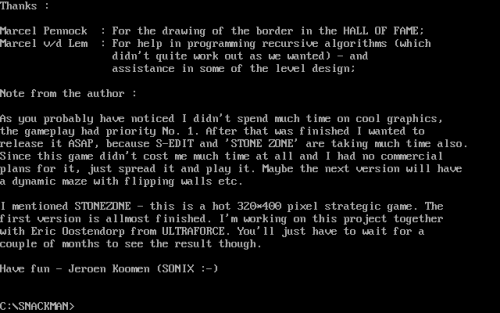
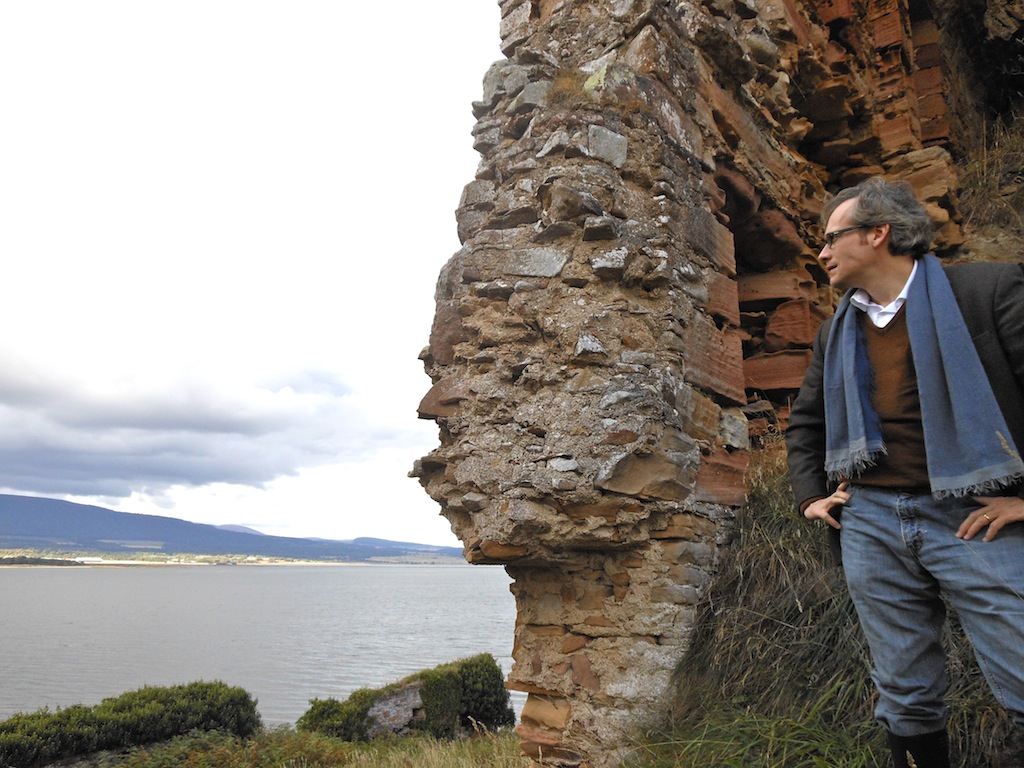
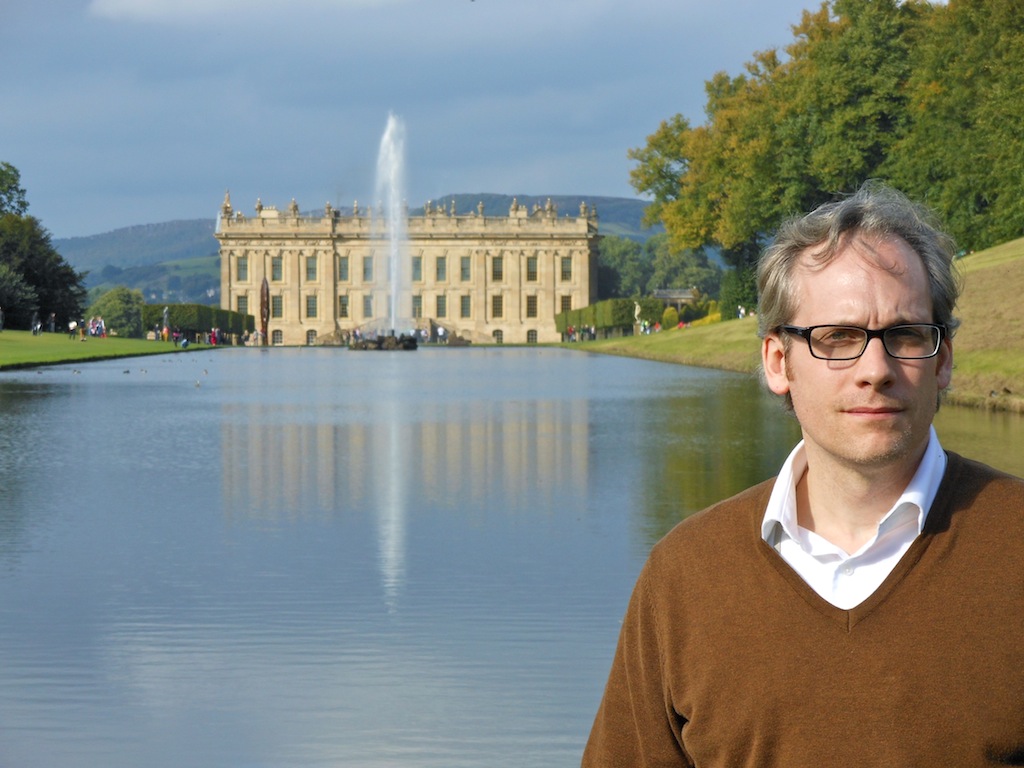
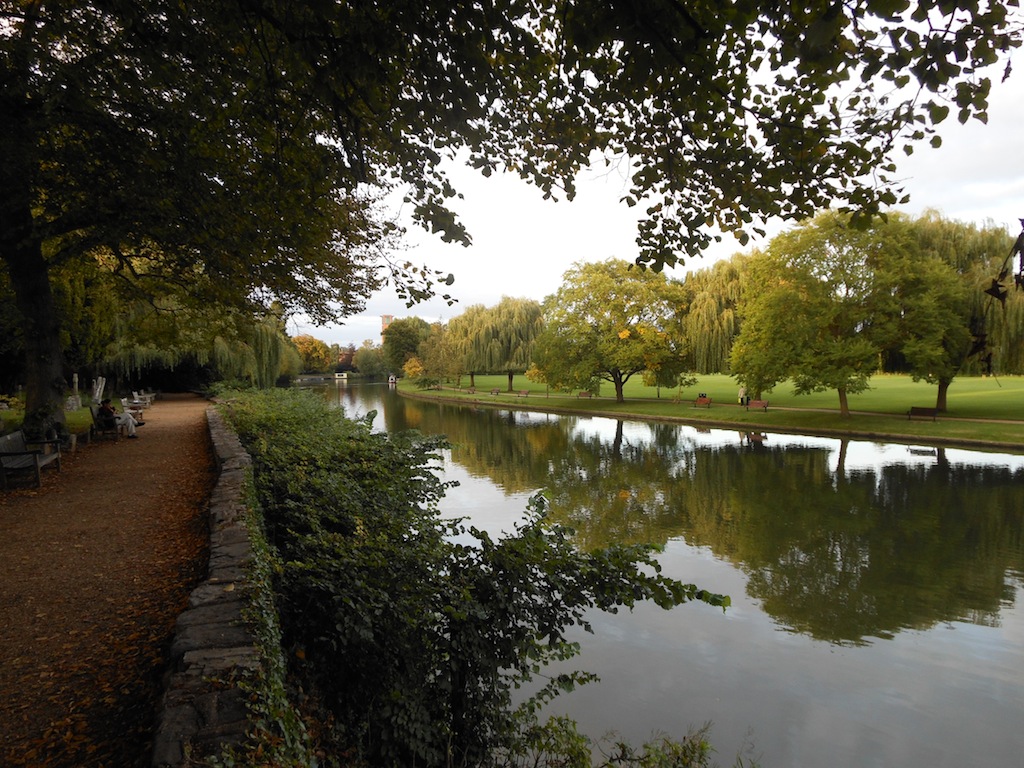
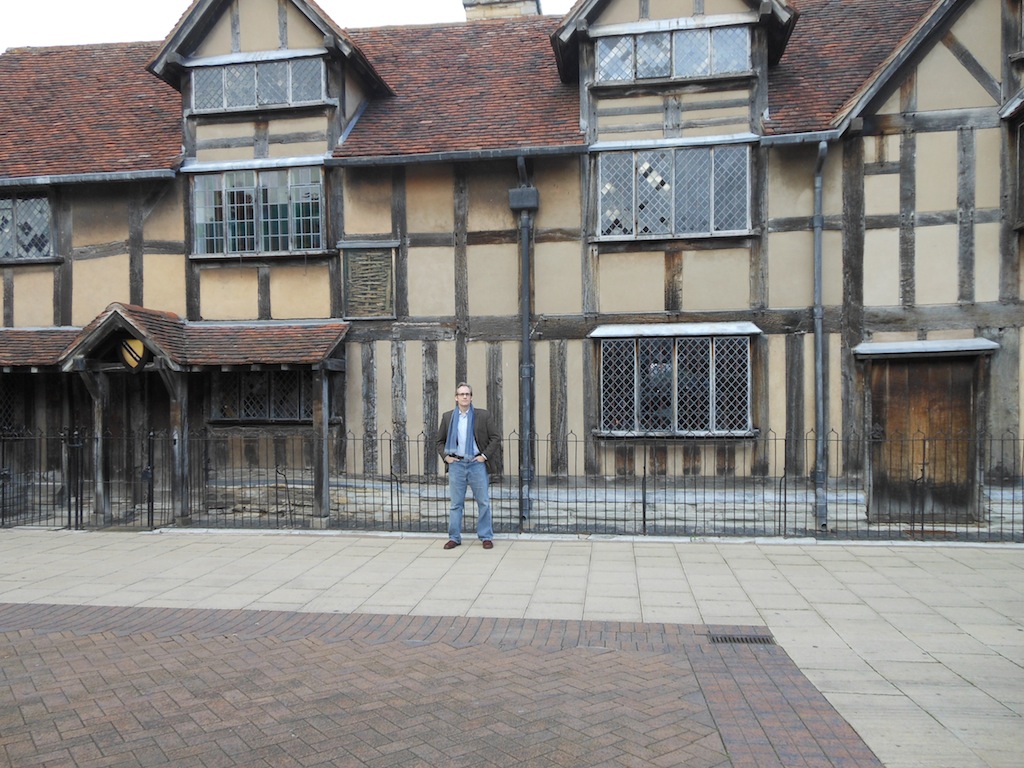
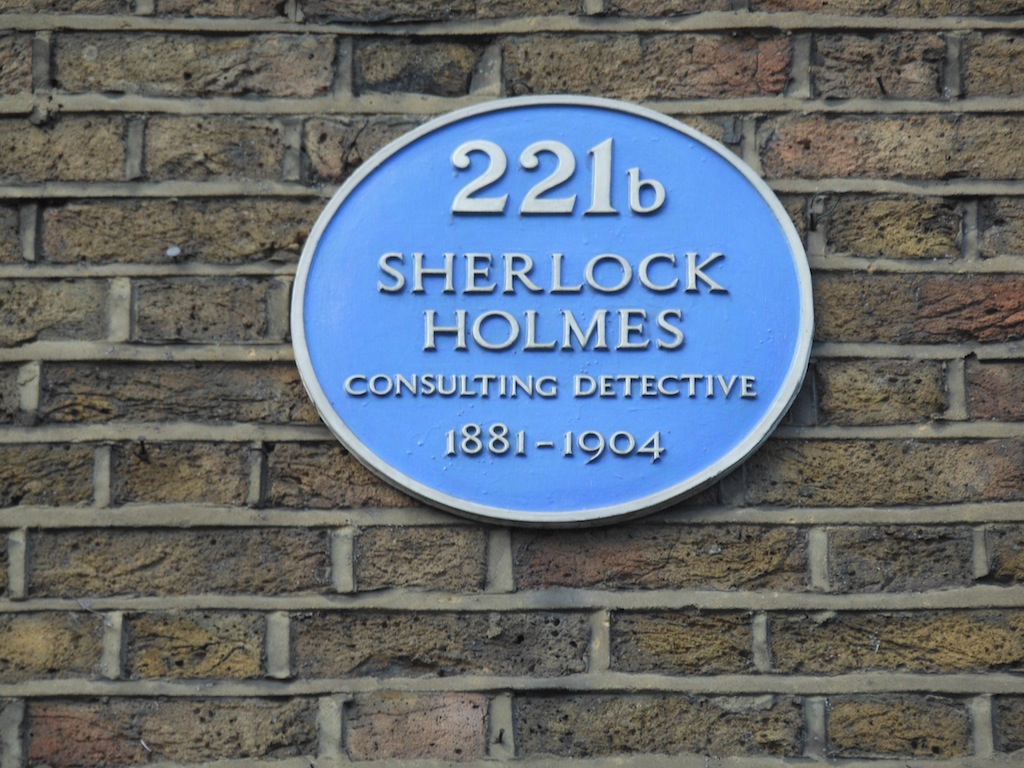
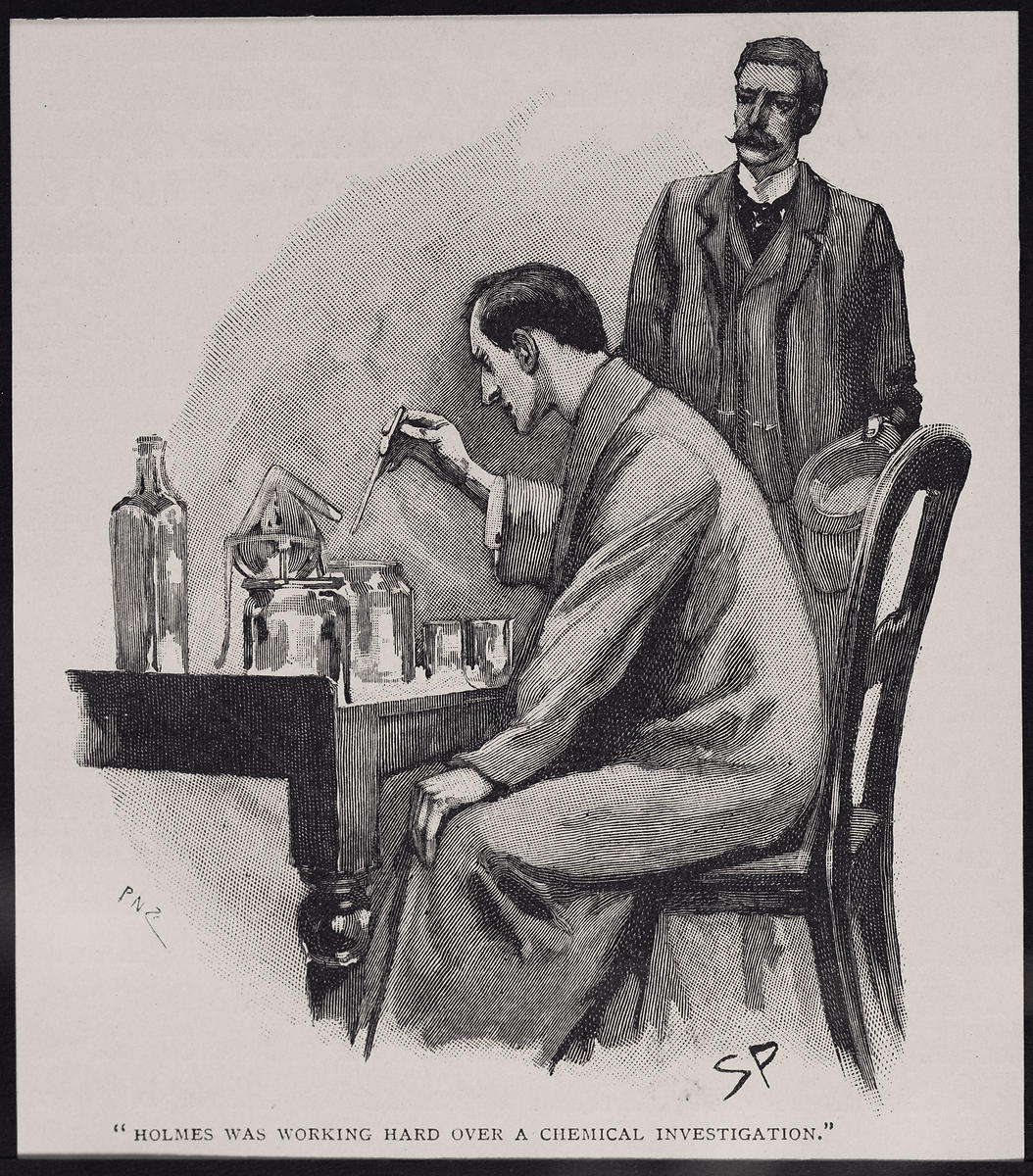
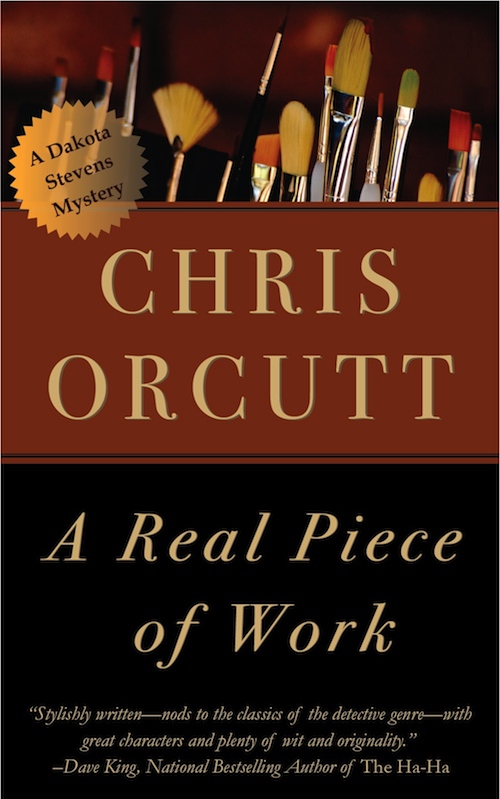
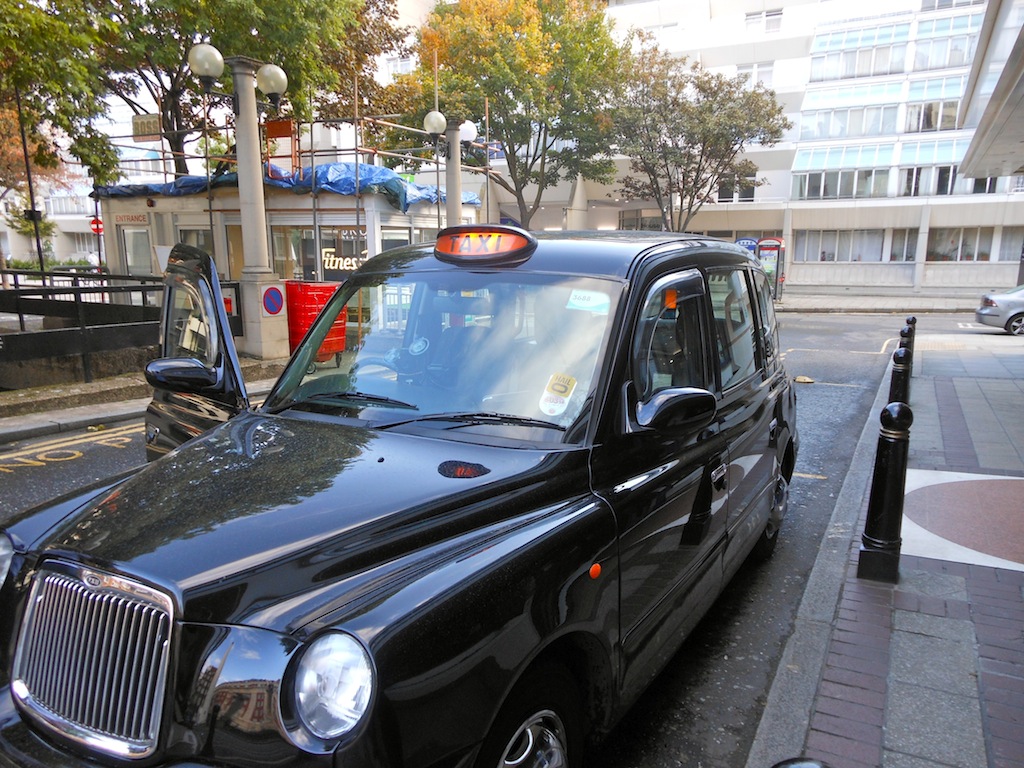
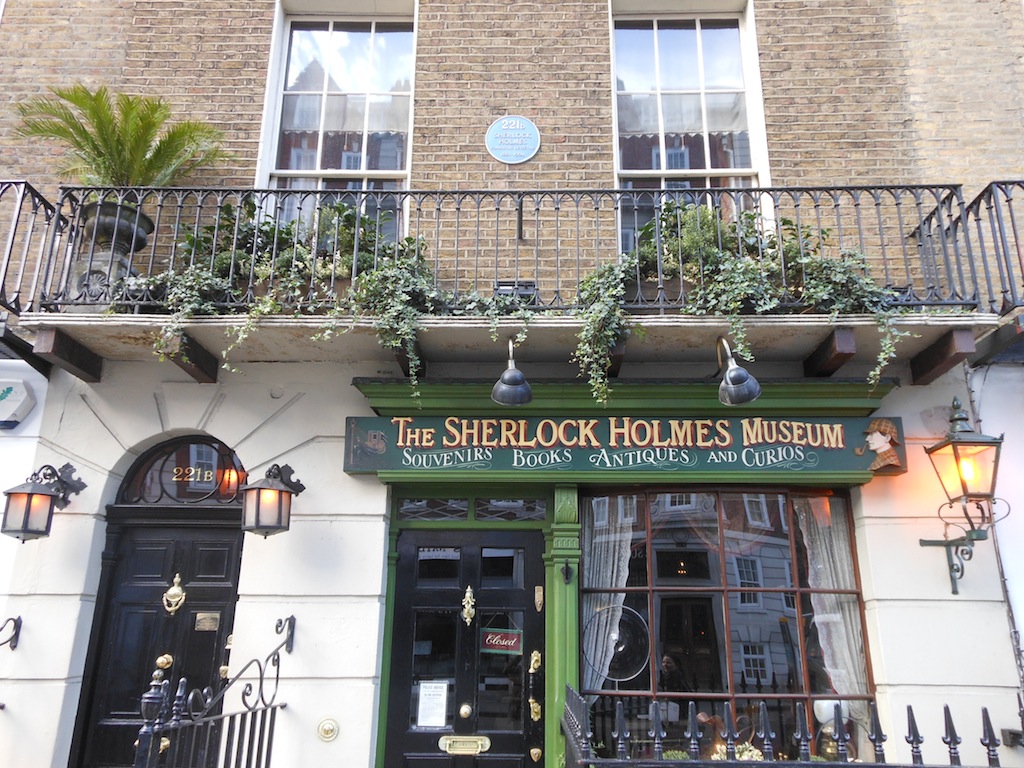
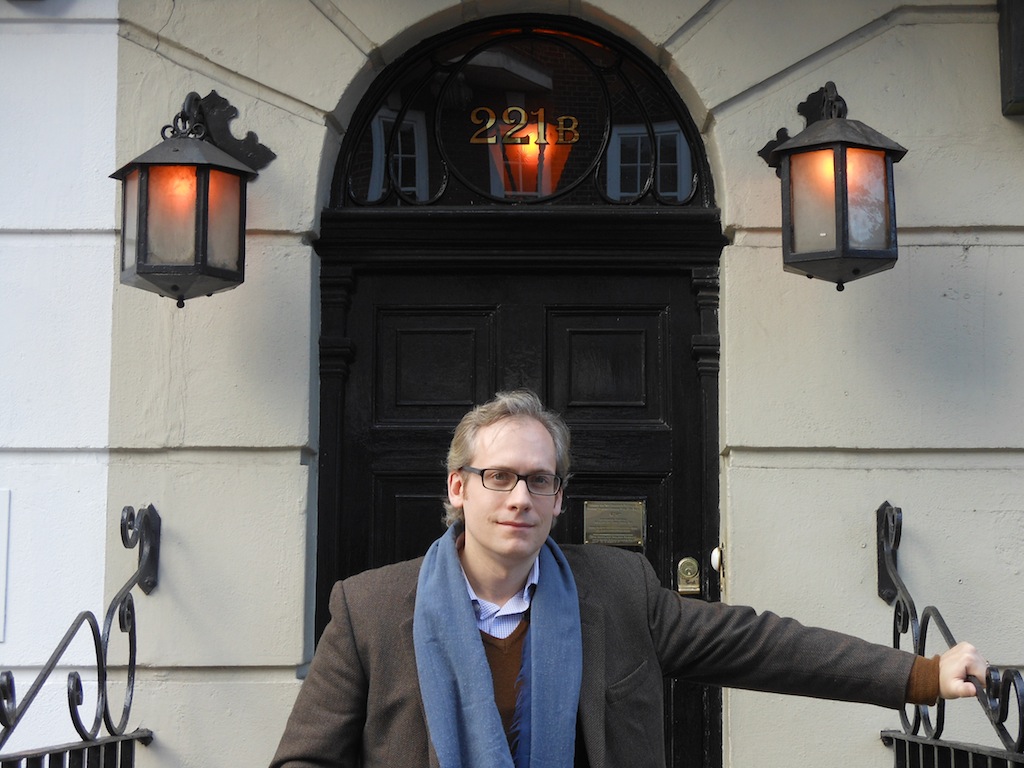















![02_Neff_ch2_006[1B]](http://99percentinvisible.org/wp-content/uploads/2013/09/02_Neff_ch2_0061B.jpg)
![03_Neff_ch3_001[2B]](http://99percentinvisible.org/wp-content/uploads/2013/09/03_Neff_ch3_0012B.jpg)
![06_Neff_ch6_006[1B]](http://99percentinvisible.org/wp-content/uploads/2013/09/06_Neff_ch6_0061B.jpg)
![06_Neff_ch6_009[1B]](http://99percentinvisible.org/wp-content/uploads/2013/09/06_Neff_ch6_0091B.jpg)
![11_Neff_ch11_008[3A]](http://99percentinvisible.org/wp-content/uploads/2013/09/11_Neff_ch11_0083A.jpg)
![02_Neff_ch2_003[1B]](http://99percentinvisible.org/wp-content/uploads/2013/09/02_Neff_ch2_0031B.jpg)
![02_Neff_ch2_004[1B]](http://99percentinvisible.org/wp-content/uploads/2013/09/02_Neff_ch2_0041B.jpg)
![06_Neff_ch6_002[1A]](http://99percentinvisible.org/wp-content/uploads/2013/09/06_Neff_ch6_0021A.jpg)
![08_Neff_ch8_011[2A]](http://99percentinvisible.org/wp-content/uploads/2013/09/08_Neff_ch8_0112A.jpg)
![11_Neff_ch11_013[1A]](http://99percentinvisible.org/wp-content/uploads/2013/09/11_Neff_ch11_0131A.jpg)
![15_Neff_ch15_003[1A]](http://99percentinvisible.org/wp-content/uploads/2013/09/15_Neff_ch15_0031A.jpg)
![15_Neff_ch15_008[2A]](http://99percentinvisible.org/wp-content/uploads/2013/09/15_Neff_ch15_0082A.jpg)
![15_Neff_ch15_017[1B]](http://99percentinvisible.org/wp-content/uploads/2013/09/15_Neff_ch15_0171B.jpg)
![15_Neff_ch15_014[1A]](http://99percentinvisible.org/wp-content/uploads/2013/09/15_Neff_ch15_0141A.jpg)






